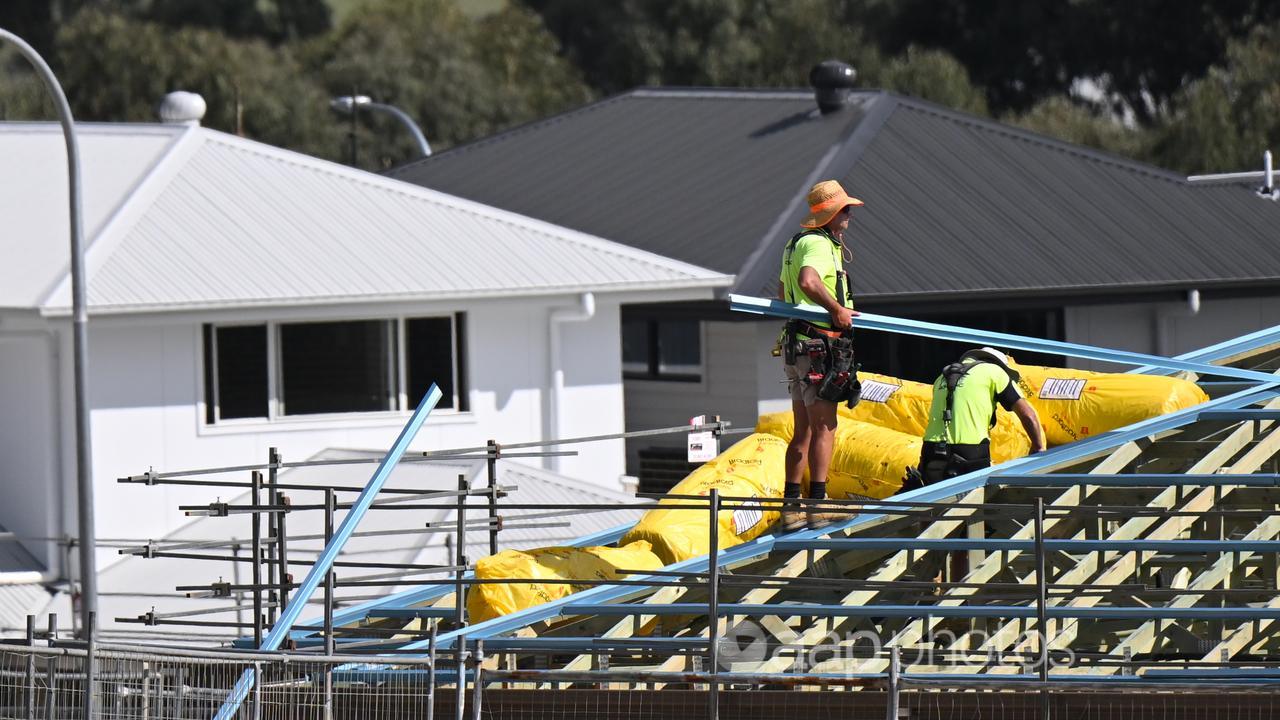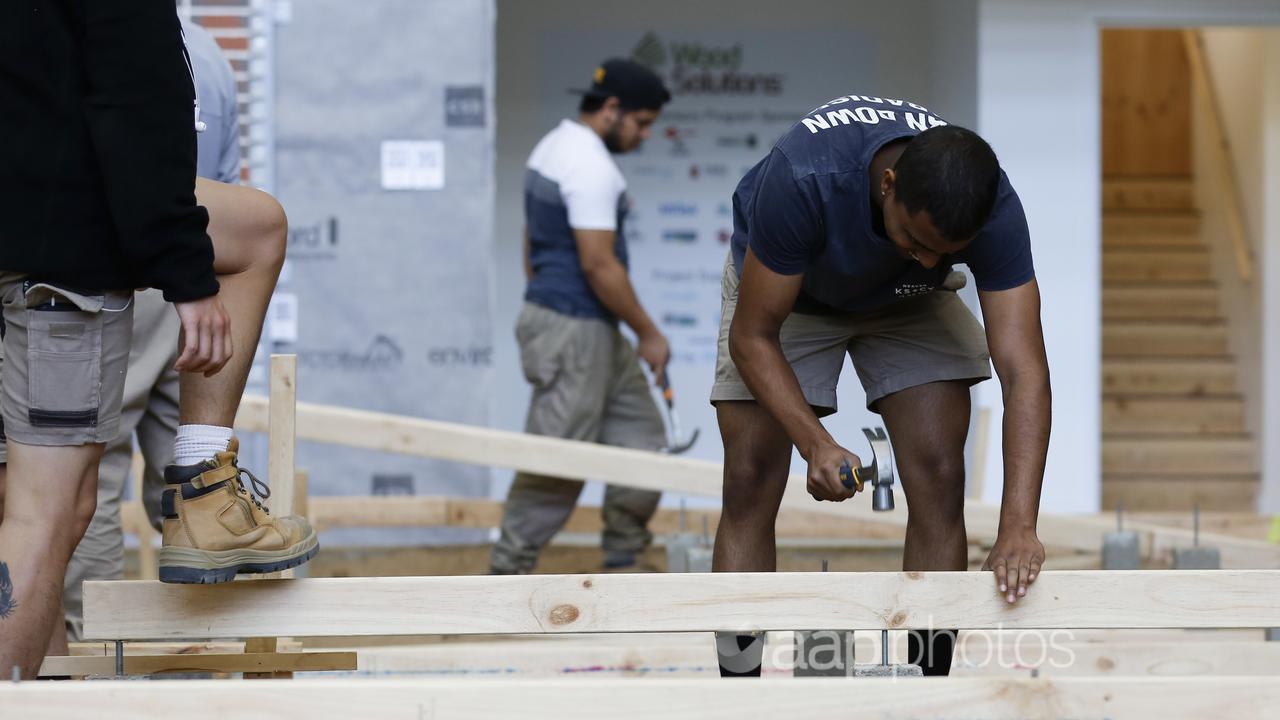New home building is picking up again but a deepening skills shortage is keeping the nation’s ambitious housing target out of reach.
Construction started on more than 43,000 new dwellings in the three months to September, a 4.6 per cent increase from the previous quarter, the Australian Bureau of Statistics reported on Wednesday.
Housing commencements were up 13.9 per cent on the same period 12 months earlier.

But even with the modest improvement, construction activity remains far below historical highs and the 60,000 dwellings needed each quarter to meet the government’s target of 1.2 million new homes by 2029.
With the construction industry now playing catch-up, that target is looking increasingly implausible.
A shortage of skilled workers isn’t helping matters.
The Housing Industry Association has flagged a dire need for 83,000 extra workers to meet demand for residential construction, citing challenges in attracting, training and retaining skilled workers.
Managing director Jocelyn Martin blamed this on long-standing inadequacies in government policy.
“The focus on fee-free TAFE is distracting from the real issue facing the supply of housing in Australia,” Ms Martin said.
“Successive governments have been aware of persistent skill shortages across key trades for decades and current policy approaches are doing very little to shift the dial.”

Wage subsidies for apprentices, streamlined visa systems for skilled migrants and a national campaign to promote trades as viable, rewarding careers were among strategies suggested by the HIA to address the shortages.
Retention remained a key challenge, with high dropout rates among apprentices in their first two years, Mr Martin said.
Detached houses drove the increase in building starts, accounting for more than 63 per cent of new builds.
Private sector house commencements grew 20.5 per cent over the previous 12 months, compared to a rise of just 3.8 per cent in other dwellings, including apartments.
Despite the strong rebound in detached houses, there was still a long way to go to reach the level of output required to meet the National Housing Accord target of 1.2 million homes, Master Builders Australia chief executive Denita Wawn said.

“Our performance in apartment construction will be the key to whether we meet the target,” she said.
“Apartment construction levels remain too low because the investment appetite is not there.
“Low productivity, labour shortages, costly and restrictive CFMEU pattern agreements, a lack of supporting infrastructure and a high inflationary environment all contribute to project costs not stacking up.”
Affordability challenges were discouraging people from braving the property market, with up to 30 per cent of homeowners planning renovations in the next 12 months rather than braving the property market, data from Domain showed.
“High construction costs and project feasibility continue to put pressure on the property market, where buyers are seeking affordable, medium to high-density housing,” said Domain’s chief of research and economics Nicola Powell.
The Housing Industry Association’s pre-budget submission will propose practical solutions to bolster the workforce, including reforms to the apprenticeship system and industry-wide efforts to improve workplace culture and safety.



















